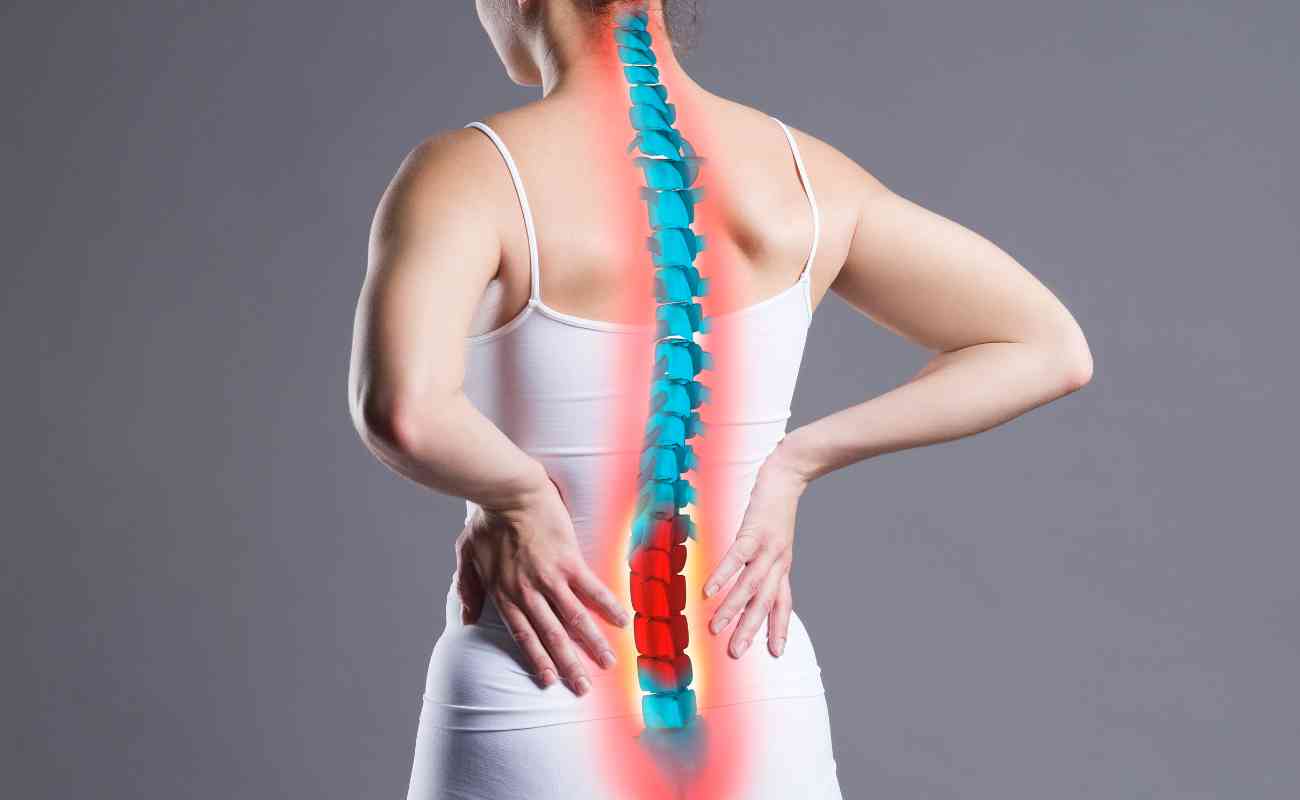
Trigger finger physiotherapy treatment Mississauga
Trigger finger physiotherapy Mississauga – This is a condition where one of your fingers gets stuck in a bent position. This is also known as stenosing tenosynovitis it occurs when inflammation narrows the space within the sheath that surround the affected finger. If it is very severe it may get locked in the bent position. Trigger Finger (trigger thumb when involving the thumb) is the inhibition of smooth tendon gliding due to mechanical impingement at the level of the A1 pulley that causes progressive pain, clicking, catching, and locking of the digit.
Trigger Finger Symptoms
You might notice:
- A painful clicking or snapping when you bend or straighten your finger. It’s worse when your finger’s been still, and it gets better as you move it.
- Stiffness in your finger, especially in the morning
- Soreness or a bump at the base of the finger or thumb. Your doctor will call this a nodule.
- A popping or clicking as you move your finger
- A locked finger that you can’t straighten
Causes of Trigger Finger
Most of the time, it comes from a repeated movement or forceful use of your finger or thumb. It can also happen when tendons — tough bands of tissue that connect muscles and bones in your finger or thumb — get inflamed.
Some risk factors of trigger finger include repeated gripping, people with rheumatoid arthritis, Gout, Diabetes, your gender (more common in women), and if you underwent carpal tunnel syndrome surgery. It’s common among farmers, industrial workers, musicians, and anyone else who repeats finger and thumb movements.
Physical exam Done by the Physiotherapist at our clinic
- palpation
- motion
- triggering with digit flexion and extension
- fixed flexion of PIP joint
- flexion and extension of the digit may reproduce symptoms
- provocative test
- triggering with digit flexion and extension
- fixed flexion of PIP joint
Treatments for trigger finger Physiotherapy Mississauga
Hand Exercises
These exercises are designed to maintain and develop free gilding between tendons and the bones of the wrist, hand and fingers. There are 5 positions in which the fingers move during these exercises. These include:
– Straight hand (all joints in hand are fully extended)
– Hook (Hand in a claw formation)
– Fist
– Table top position
– Straight fist
Scar Tissue Mobilization
The exercises stated above are to maintain and develop mobility between the long tendons and surrounding connective tissues. Yes, those exercises do assist however, if there is inflammation and immobilization during healing treatments post trauma or surgery, adhesions will form as scars preventing the tendons from gliding smoothly. The Physiotherapist will mobilize the scar tissue by use of friction massage directly to the affected area. This friction massage performed by the physiotherapist is when they apply pressure to the area at proximal and distal directions. Once this force is applied these adhesions it moves the scar.
Different Intensities of Scar Tissue Mobilization
The physiotherapist will begin by moving the tendon distally (close to fingers) by extending the finger joints and applying a sustained hold. The patient will be asked to actively contract creating a stretching force against said adhesion using the exercises stated above.
If the active and passive stretching noted above does not release the adhesion, then the patient will be asked to fully extend their hand while the physical therapist stabilizes the hand and applies the friction massage in the stretched position. The massage will be applied longitudinally both proximally and distally. When the physiotherapist is completing the massage in the proximal direction the patient will be asked to contract their flexor muscles. Once the friction massage is completed the patient will be asked to complete the flexor gliding exercises to utilize gained range of motion.
Here are some non-invasive treatments physiotherapist will suggest or perform on a patient with trigger finger.
- Rest is important by means of reducing the repetitive gripping or grasping of objects and vibrating objects for a prolonged period of time until symptoms improve.
- If a patient cannot avoid these activities, then the use of padded gloves can offer a layer of protection.
- A night splint can also be a suggestion as it will keep the finger in an extended position which helps rest the tendon.
- Finally, stretching exercises the above stated exercises can assist along with more dynamic exercises the physiotherapist will prescribe in addition to heat modalities (wax and heat packs) to assist in the breaking up of adhesion in the affected finger.
- Steroids and Surgery is the last option which can be tried if Physiotherapy doesn’t work.
Complications of trigger finger surgery in Mississauga
Any surgical procedure has some risks. Surgery for trigger finger may lead to complications like:
- Infection
- Finger stiffness or pain
- Scarring and tenderness
- Nerve damage
- Tendon in the wrong position (bowstringing)
- Pain and swelling in your hand (complex regional pain syndrome or CRPS). This usually goes away over a few months.
Call us now and get an assessment done by our Registered Physiotherapist
Sheena John
Registered Physiotherapist




